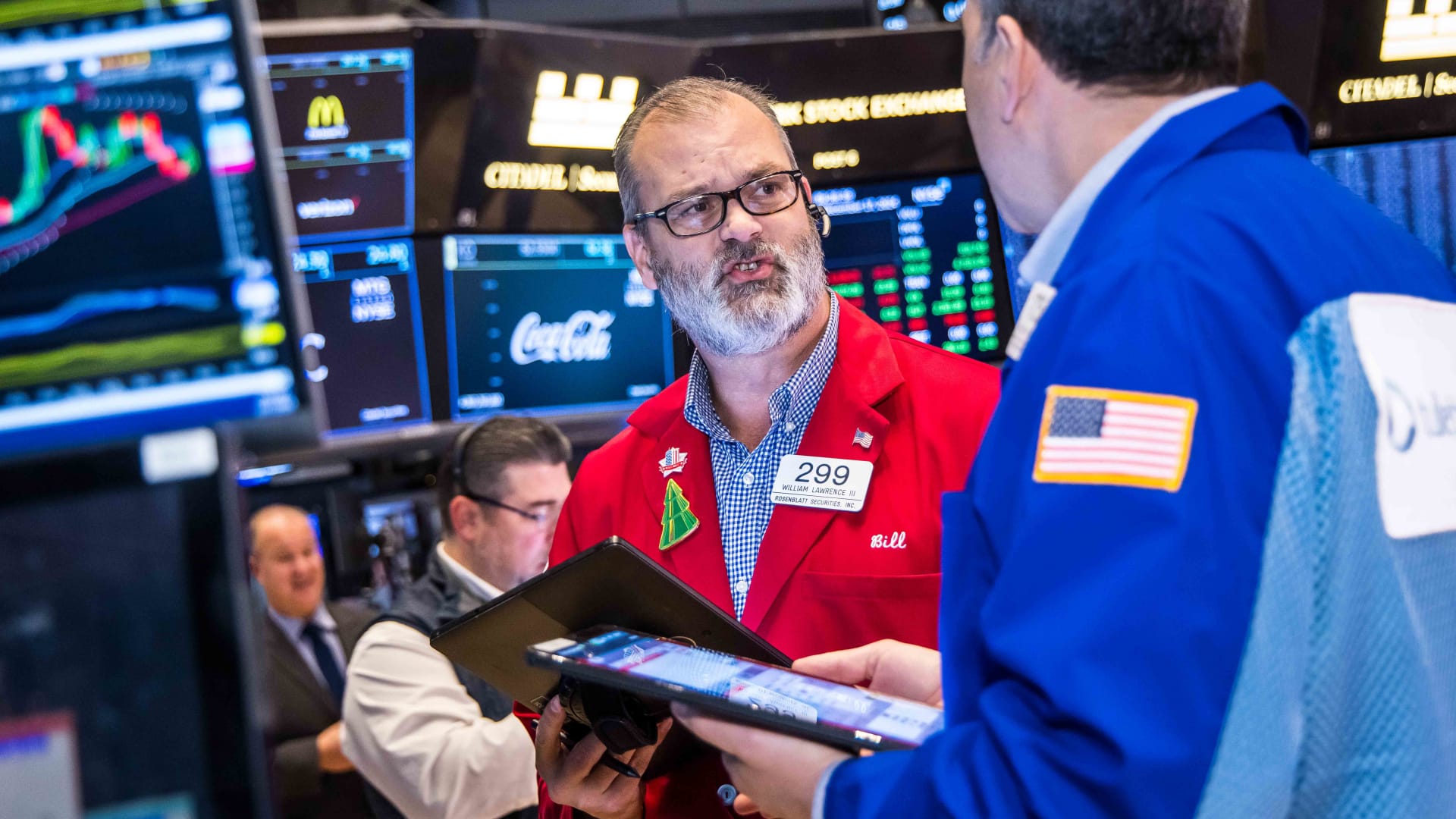The Dow Jones Industrial Average is experiencing its longest losing streak since 1978, falling for nine successive trading days. This marks a significant downturn, with the index dropping roughly 3%, or over 1,500 points, from its record close of 45,014 on Dec. 4 to 43,499 as of Dec. 17, 2024.
In the same period, the S&P 500 dipped by about 0.6%, while the Nasdaq Composite gained nearly 2%. The divergence is caused by the Dow Jones’ (up 15.8% YTD as of Dec. 17, 2024) less exposure to the tech rally that has bolstered the S&P 500 (up 28%) and the Nasdaq (up 33.9%).
The Dow’s 30 components include just four of the “Magnificent Seven” tech stocks: Amazon AMZN, Microsoft MSFT, Apple AAPL and NVIDIA NVDA. This limits its benefits from the massive gains in Tesla TSLA, up over 37% in the last 10 days, and Alphabet (GOOGL, GOOG), up 14% during the same period.
Meanwhile, NVIDIA, added to the Dow on Nov. 8, has lost 3% in the past month and is off about 1% in the past week (as of Dec. 17, 2024). The NVIDIA stock has dropped nearly 7% since Dec. 5, contributing to the Dow Jones’ decline.
A sharp sell-off in healthcare stocks has also weighed heavily on the index. UnitedHealth UNH has declined about 20% in the past 10 days (as of Dec. 17, 2024). Other healthcare giants, including Johnson & Johnson JNJ and Amgen AMGN, have each fallen more than 4% in the same timeframe. Health insurance companies have seen their shares fall as Trump said, “we’re going to knock out the middleman.”
The Dow Jones’ struggles lie in the fact that value stocks have underperformed growth stocks in recent months. The Dow Jones has more value exposure than the S&P 500 and the Nasdaq. In 2024, growth stocks surged due to low rates and the tech boom (which is highly growth-oriented) driven by the artificial intelligence (AI) rally.
The year 2025 will likely bring many surprises in the form of Trump 2.0 era, its impact on global trade and inflation and the resultant Fed moves. If Trump’s protectionist agenda and tariff war drive up domestic inflation, we may see hawkishness in the Fed’s ongoing dovish stance. The rate cuts next year may be lower, in terms of both frequency and magnitude.
If this happens, we may find the Dow Jones faring better than now. But then, NVIDIA is losing its luster slightly to other emerging chipmakers like Broadcom AVGO and Marvell Technology MRVL (read: Broadcom Hits $1T Market Cap: Are Broadcom ETFs the Next NVIDIA?).



